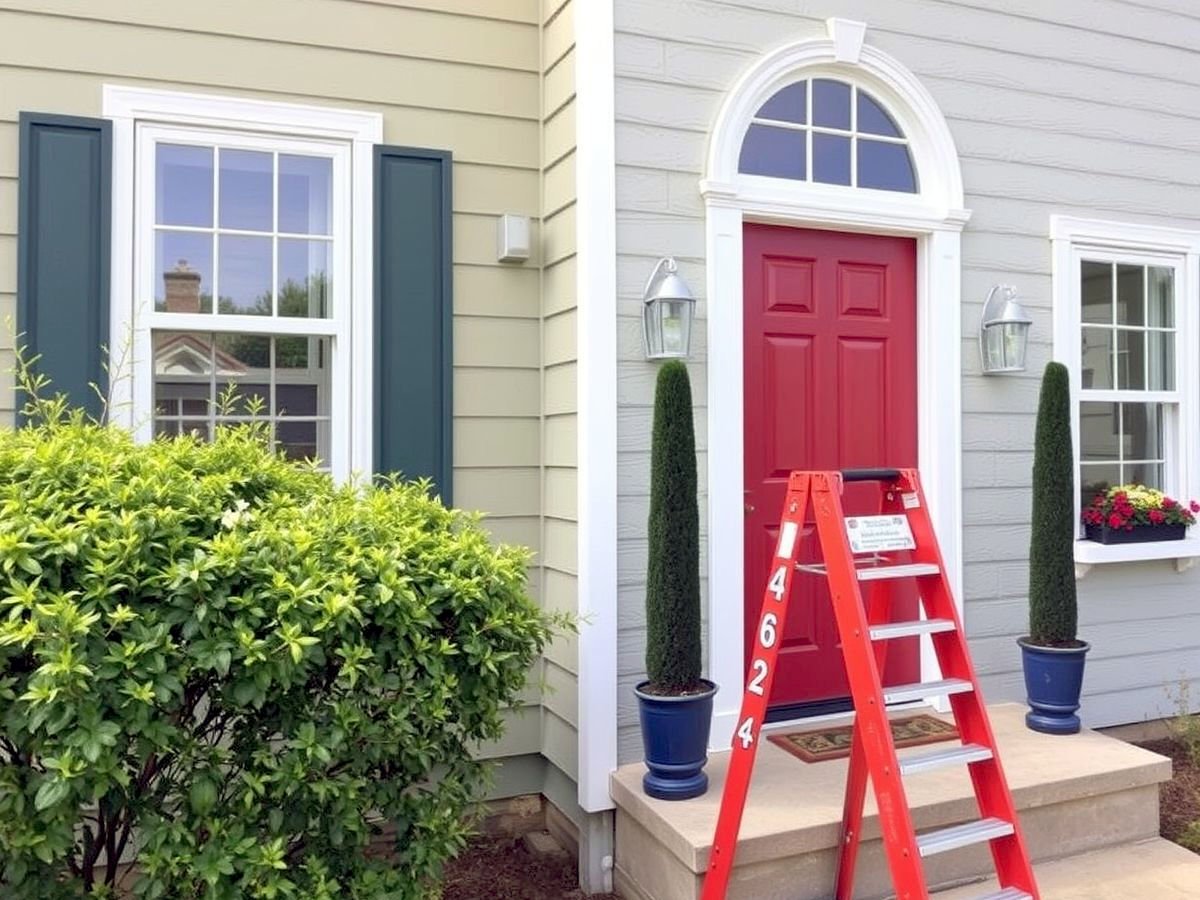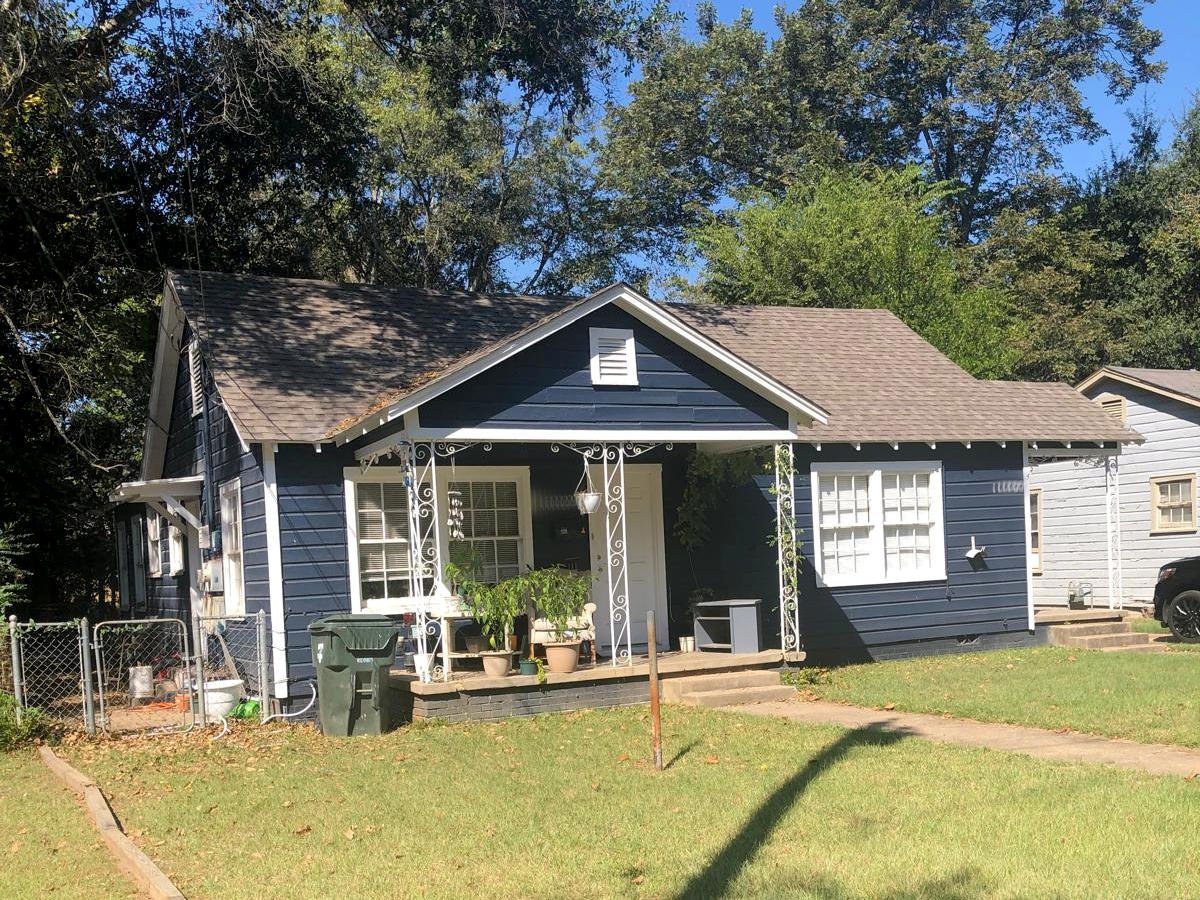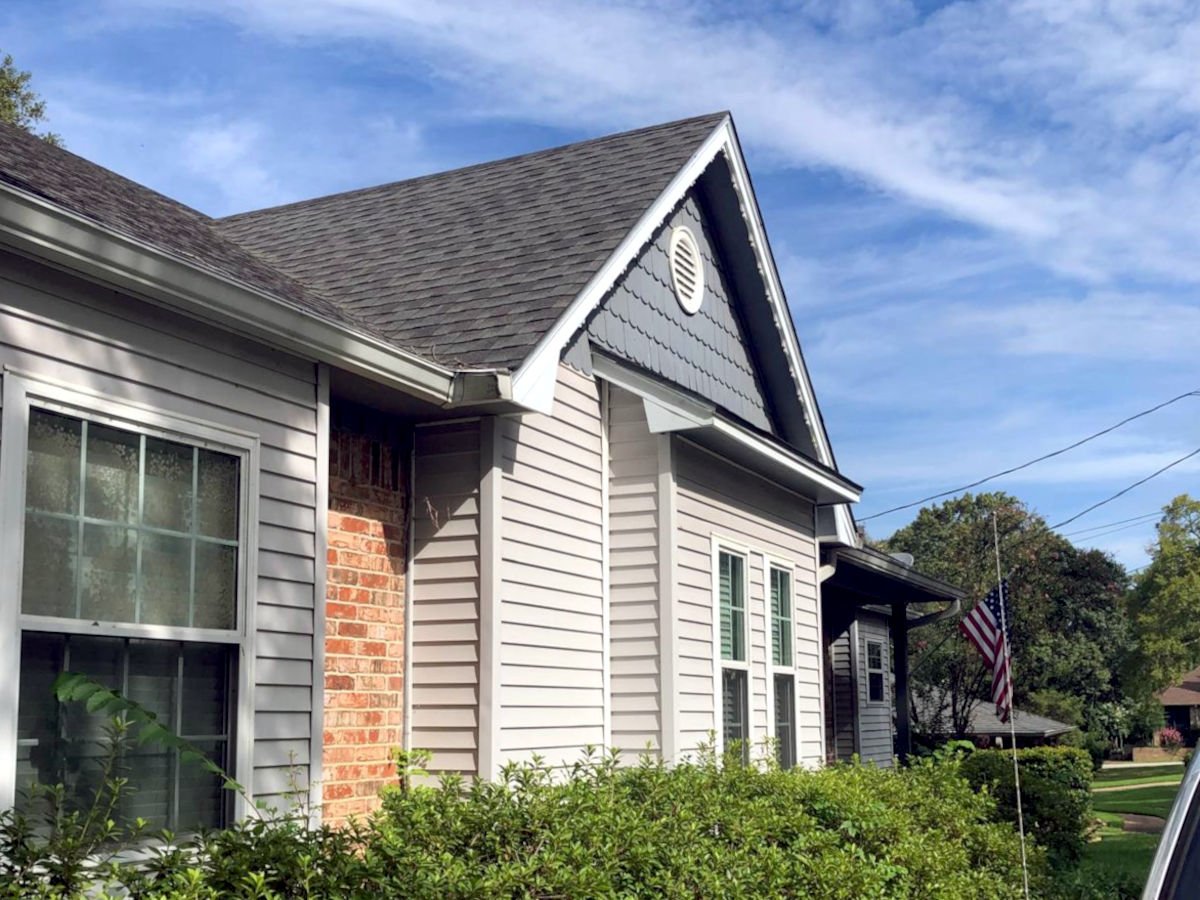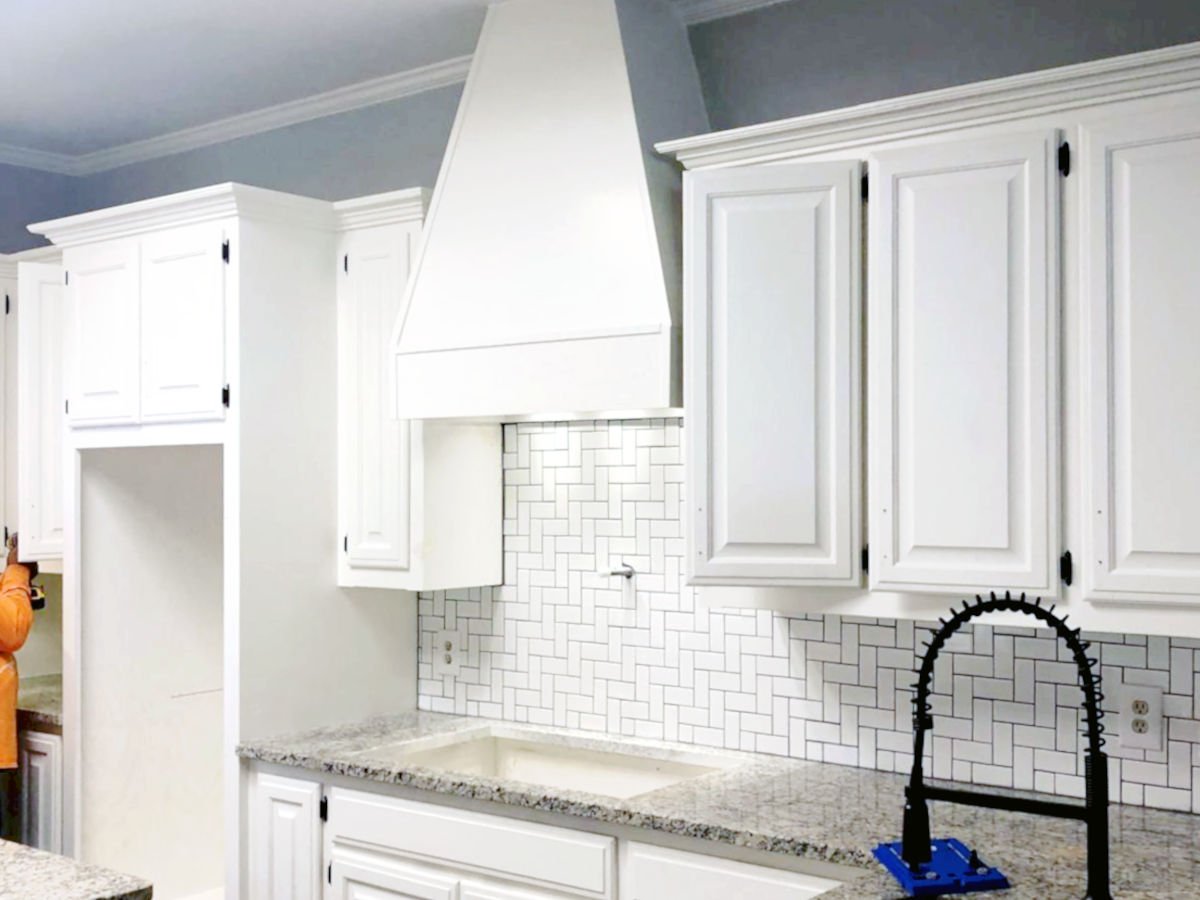Is saving money really worth risking your home’s curb appeal? Here’s what every homeowner should know before picking up a brush.
Thinking of painting your house yourself? Tempted by the idea of saving thousands of dollars and transforming your home in a weekend?
You’re not alone. DIY exterior painting is one of the most popular home improvement projects—but it’s also one of the most underestimated.
Sure, a fresh coat of paint can boost curb appeal, protect your siding, and give your house a whole new vibe. But when done wrong, it can lead to peeling paint, water damage, and even mold growth—all while costing you more in the long run.
Let’s break down the real pros and cons of painting your home’s exterior yourself, and reveal the most common (and costly) mistakes homeowners make during the process.
✅ The Pros of DIY Exterior Painting
1. Major Cost Savings
Hiring professionals can cost anywhere from $3,000 to $10,000, depending on the size and condition of your home. Doing it yourself? You might only spend $500–$1,500 on supplies and paint.
2. Creative Control
Want to try a bold trim color? Customize accents? You’re in full control when you DIY—no compromises with contractors.
3. Flexible Timeline
You can paint over several weekends or spread the project out as your schedule allows.
4. Skill Building
Learning to paint properly can be satisfying and useful for future touch-ups or other projects.
❌ The Cons of DIY Exterior Painting
1. Time-Consuming
Most exterior paint jobs require:
- Cleaning
- Sanding/scraping
- Priming
- Caulking
- Two coats of paint
It’s not a one-weekend job. For a 2,000 sq. ft. house, expect 40–80 hours of labor—minimum.
2. Equipment Costs
Ladders, scaffolding, drop cloths, sprayers, brushes, safety gear—it adds up. And you need to know how to use it all correctly.
3. Physical Risk
Climbing ladders, working in heat, dealing with chemicals—all can be hazardous if you’re not experienced.
4. Quality Concerns
A rushed or poorly done job won’t last. You could end up repainting in 2 years instead of 10.
⚠️ Top 10 DIY Exterior Painting Mistakes
These are the pitfalls that even the most enthusiastic DIYers often fall into:
1. Skipping Surface Prep
Not washing, sanding, or priming can ruin your paint adhesion. Dirt, mold, or chalky residue will break down even the best paints.
2. Painting in the Wrong Weather
Humidity, wind, and temperature extremes can cause bubbling, cracking, or poor drying. Ideal range: 50°F–85°F with low humidity.
3. Using the Wrong Paint Type
Exterior paints are not all the same. Using interior or low-grade paint can result in peeling or fading within a year.
4. Underestimating Material Quantities
Running out of paint mid-job can lead to color mismatches. Always buy a bit extra (typically 10–15%).
5. Inconsistent Application
Using multiple tools incorrectly (roller, brush, sprayer) can create uneven finishes or lap marks.
6. Painting Over Moisture
Wood or siding with trapped moisture will cause blistering or rot under the paint layer. Always check for damp areas.
7. Neglecting Primer
Unprimed surfaces—especially bare wood or repaired patches—will absorb paint unevenly and wear faster.
8. Poor Ladder Safety
Falls are one of the leading causes of injury in home improvement. Never paint without proper safety equipment or training.
9. Choosing the Wrong Finish
Flat paint may look great but lacks durability. Satin or semi-gloss finishes are usually better for trim and siding in most climates.
10. No Maintenance Plan
Even the best DIY jobs need maintenance. Annual inspections and touch-ups prevent bigger failures.
🛠️ Tools & Supplies Checklist for DIY Exterior Painting
- Power washer (or hose + scrub brush)
- Paint scraper / sander
- Exterior primer
- 100% acrylic exterior paint
- Caulking gun + weatherproof caulk
- Painter’s tape
- Drop cloths / plastic sheeting
- Extension ladders or scaffolding
- Paintbrushes, rollers, or sprayer
- Protective clothing and safety gear (gloves, goggles, mask)
🎯 Pro Tips to Paint Like a Pro
- Paint from top to bottom to avoid streaks.
- Always cut-in edges first, then roll or spray the field.
- Don’t paint in direct sunlight—the surface can be too hot for proper adhesion.
- Use mildew-resistant additives if you live in humid areas.
- Plan breaks wisely: stop at natural divisions like corners or trim changes to avoid lap marks.
🔁 When to Call in the Pros
You might want to hire professional painters if:
- Your home is more than one story (ladder risk).
- The siding is heavily damaged or rotting.
- You lack the time, tools, or skills.
- You live in a humid or storm-prone region where prep and product choice are critical.
- You need a long-lasting warranty.
Hiring a pro team may cost more up front—but can save you from expensive do-overs and safety risks.
🔍 Related Articles to Cover Next
To build a full content cluster around painting and attract both DIYers and clients looking to hire professionals, consider writing these follow-up posts:
- “How Much Does It Cost to Paint a House in East Texas? (2025 Pricing Guide)”
Detailed breakdown of DIY vs professional costs, including material and labor estimates. - “Choosing the Right Exterior Paint: Latex vs Oil-Based for Your Region”
Help readers understand climate-specific performance differences. - “What’s the Best Time of Year to Paint Your House?”
Seasonal painting guides for different U.S. regions. - “Top 7 Paint Brands Recommended by Professional Painters”
Backed by real contractor opinions and durability tests. - “Exterior Painting Safety Tips: Ladder Use, Sun Exposure, and Ventilation”
Critical for protecting yourself while tackling big DIY jobs.
🧠 Final Thoughts
DIY exterior painting can be a rewarding project—but it’s not for everyone. Done right, it saves money and boosts pride in your home. Done wrong, it becomes a costly, stressful lesson in what not to do.
If you’re willing to plan carefully, prep thoroughly, and paint patiently, you can absolutely achieve professional-grade results. But be honest with yourself: if your time, safety, or finish quality are at risk, it may be smarter (and cheaper long-term) to bring in the experts.








Pingback: Exterior Painting